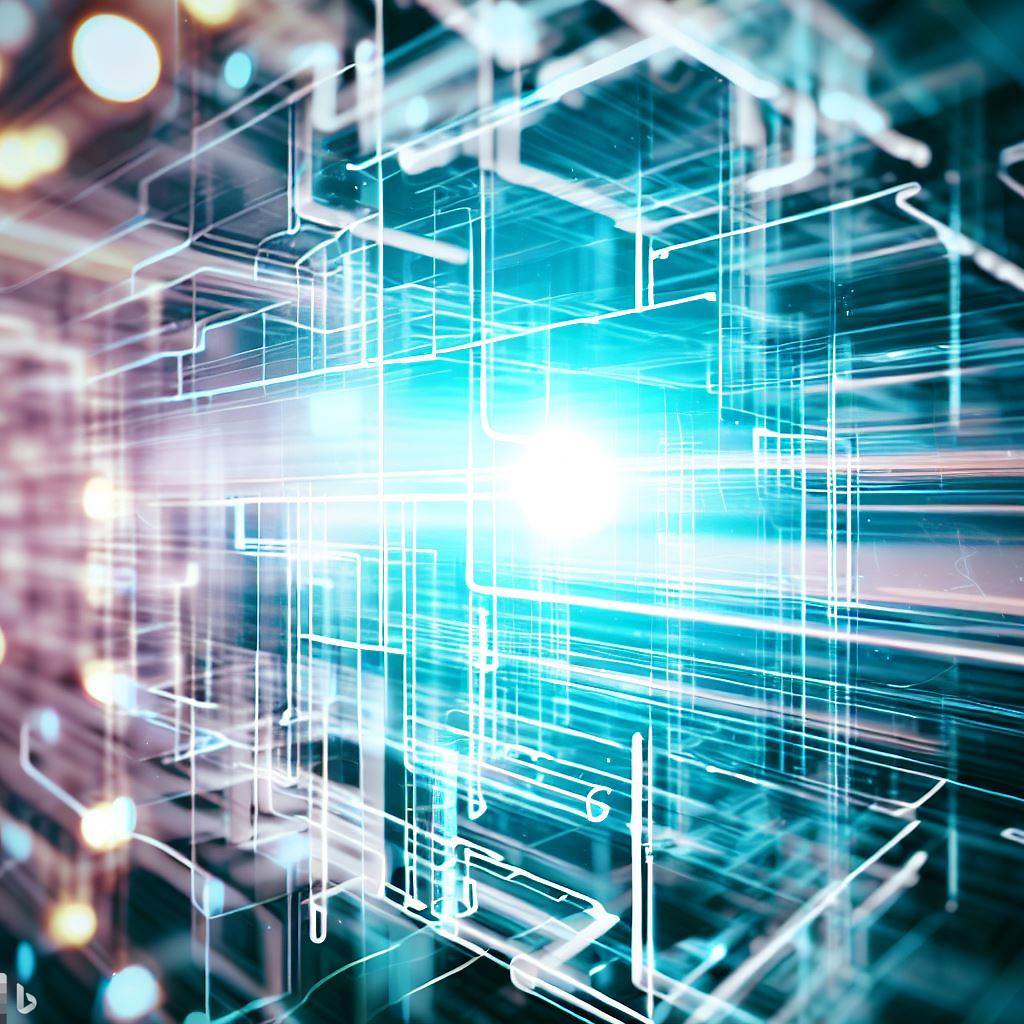The concept of smart grids has emerged as a transformative solution to cater to the changing dynamics of energy demand, production, and distribution. As we look towards the future, the evolution of smart grids will be pivotal in ensuring energy reliability, efficiency, and sustainability. Here’s a glimpse into what the future might hold for smart grids:
1. Enhanced Integration of Renewable Energy:
- Grid Flexibility: As renewable energy sources like wind and solar become more prevalent, smart grids will adapt to their variable nature, ensuring consistent energy supply.
- Decentralization: With more homes and businesses producing their own energy via solar panels or wind turbines, the grid will operate in a more decentralized fashion, with bidirectional energy flows.
2. Advanced Energy Storage:
- Battery Technologies: Advancements in battery storage technologies will enable grids to store excess energy produced and release it during high demand periods.
- Flywheels and Super Capacitors: These may be used for short-term energy storage and rapid energy discharge.
3. Real-time Data and Analytics:
- Predictive Analysis: With real-time data collection and advanced algorithms, utilities can predict outages and automatically reroute power to prevent them.
- Demand Response: Utilities can analyze consumption patterns and incentivize consumers to use energy during off-peak times.
4. Electrification of Transportation:
- EV Integration: As electric vehicles (EVs) become mainstream, smart grids will manage increased demand and facilitate vehicle-to-grid (V2G) solutions where EVs can feed power back into the grid.
5. Grid Resilience and Security:
- Cybersecurity: With the grid becoming more interconnected, protecting it from cyber threats will be paramount.
- Physical Security: Technologies like drones and sensors will be deployed for real-time monitoring of infrastructure health.
6. Grid Automation:
- Self-healing Grids: The grid will be capable of automatically detecting and fixing faults, minimizing downtime.
- Automated Metering Infrastructure (AMI): This will facilitate two-way communication between utilities and consumers, enabling dynamic pricing and real-time consumption insights.
7. Consumer Empowerment:
- Home Energy Management Systems (HEMS): These systems will allow consumers to monitor and control their energy consumption, integrating with smart appliances, thermostats, and EV charging stations.
- Microgrids: Communities and businesses may operate their own smaller grid systems that can function independently or in conjunction with the broader grid.
8. International Energy Collaboration:
- Interconnected Grids: Regions might connect their grids to optimize energy distribution and ensure stability, especially during emergencies.
9. Regulatory and Business Model Changes:
- Dynamic Pricing: As the energy market becomes more complex, pricing models will shift to reflect real-time demand and supply conditions.
- Policy Support: Governments will play a vital role in setting regulations and incentives to promote smart grid development and renewable energy integration.
In summary, the future of smart grids encompasses a holistic integration of technology, policy, and consumer behavior to establish a reliable, efficient, and sustainable energy ecosystem. As challenges like climate change and urbanization intensify, smart grids will be central to global efforts in transitioning to a more resilient and green energy future.

